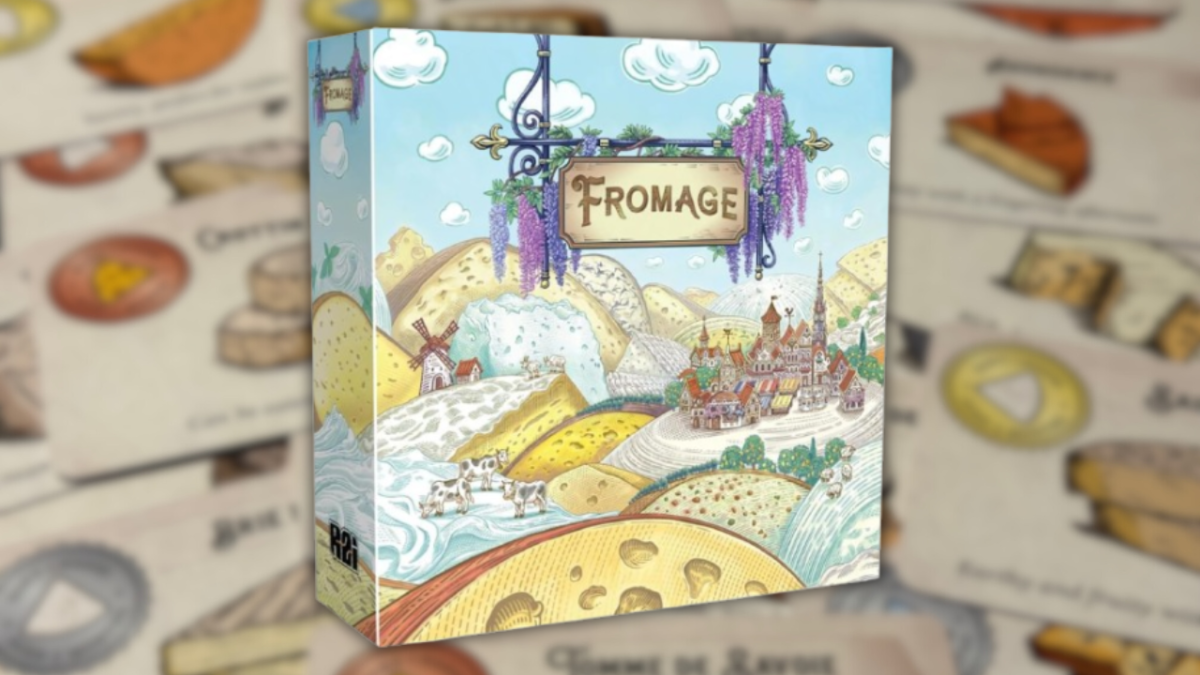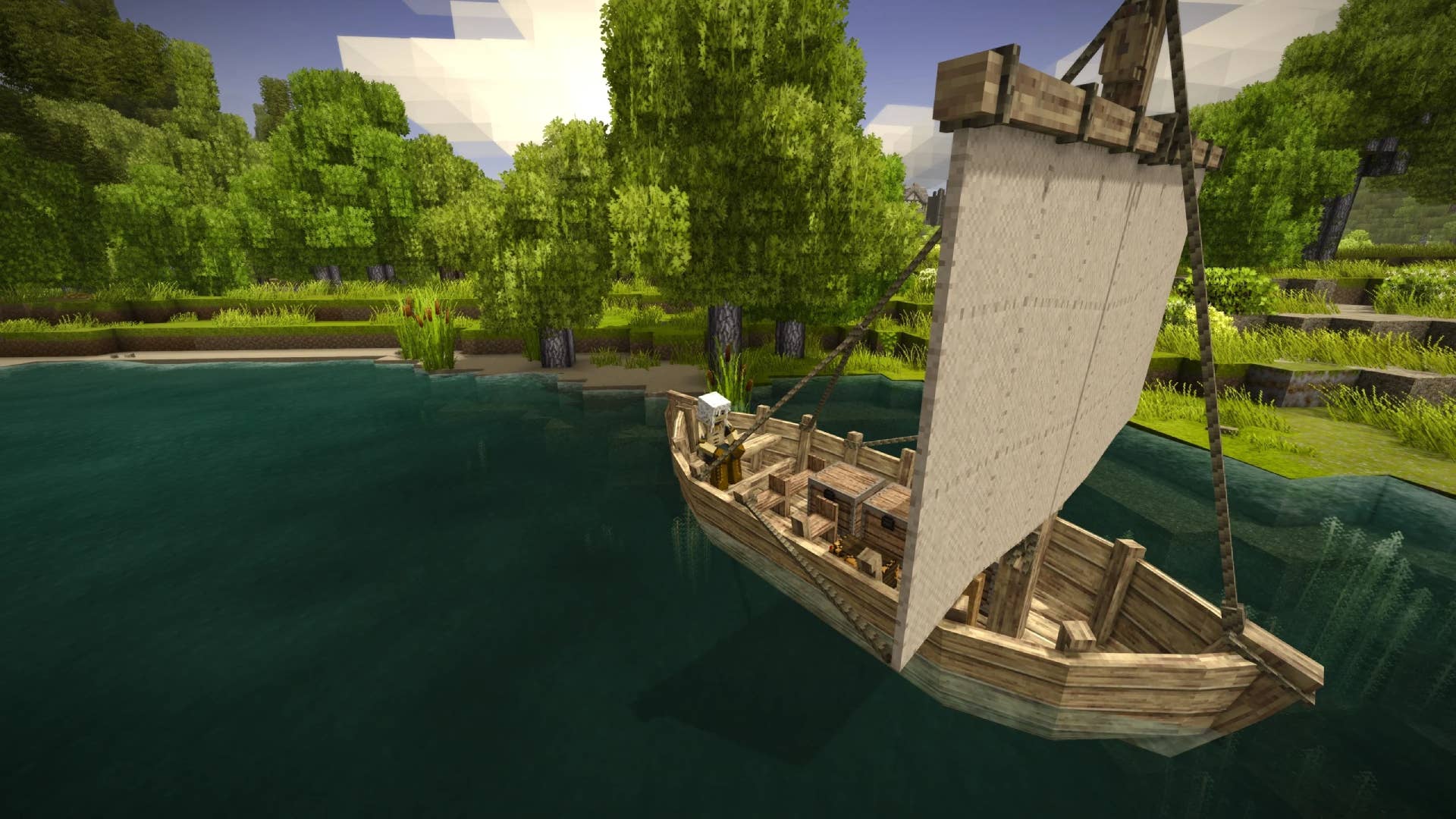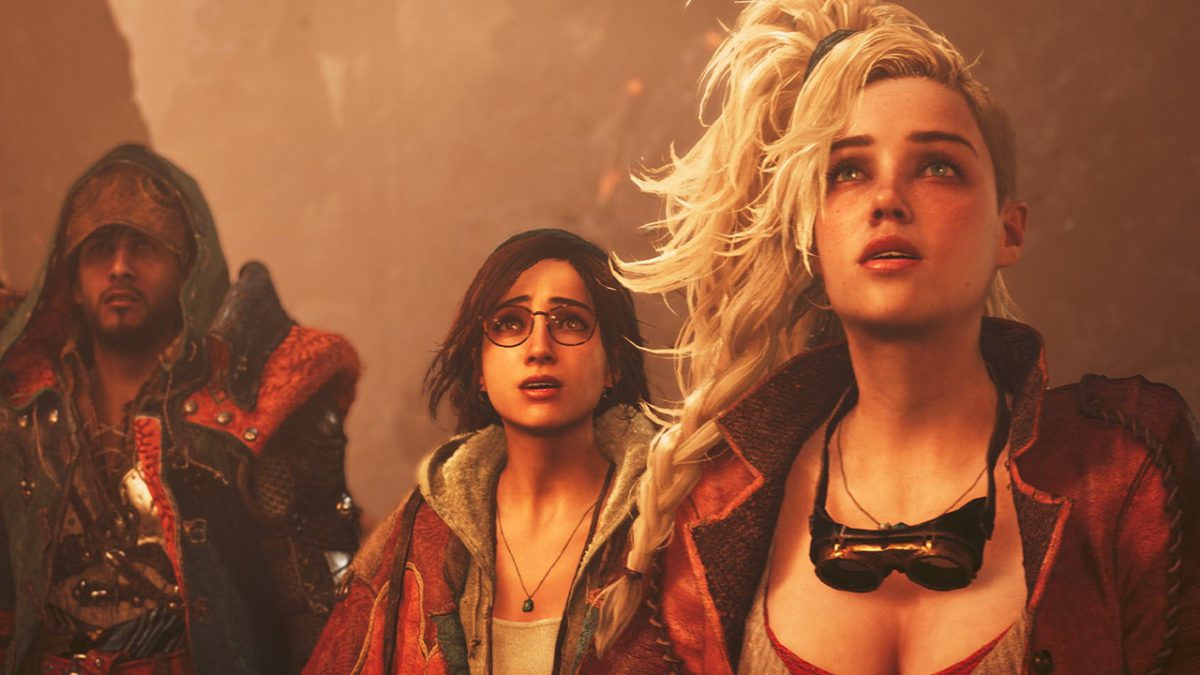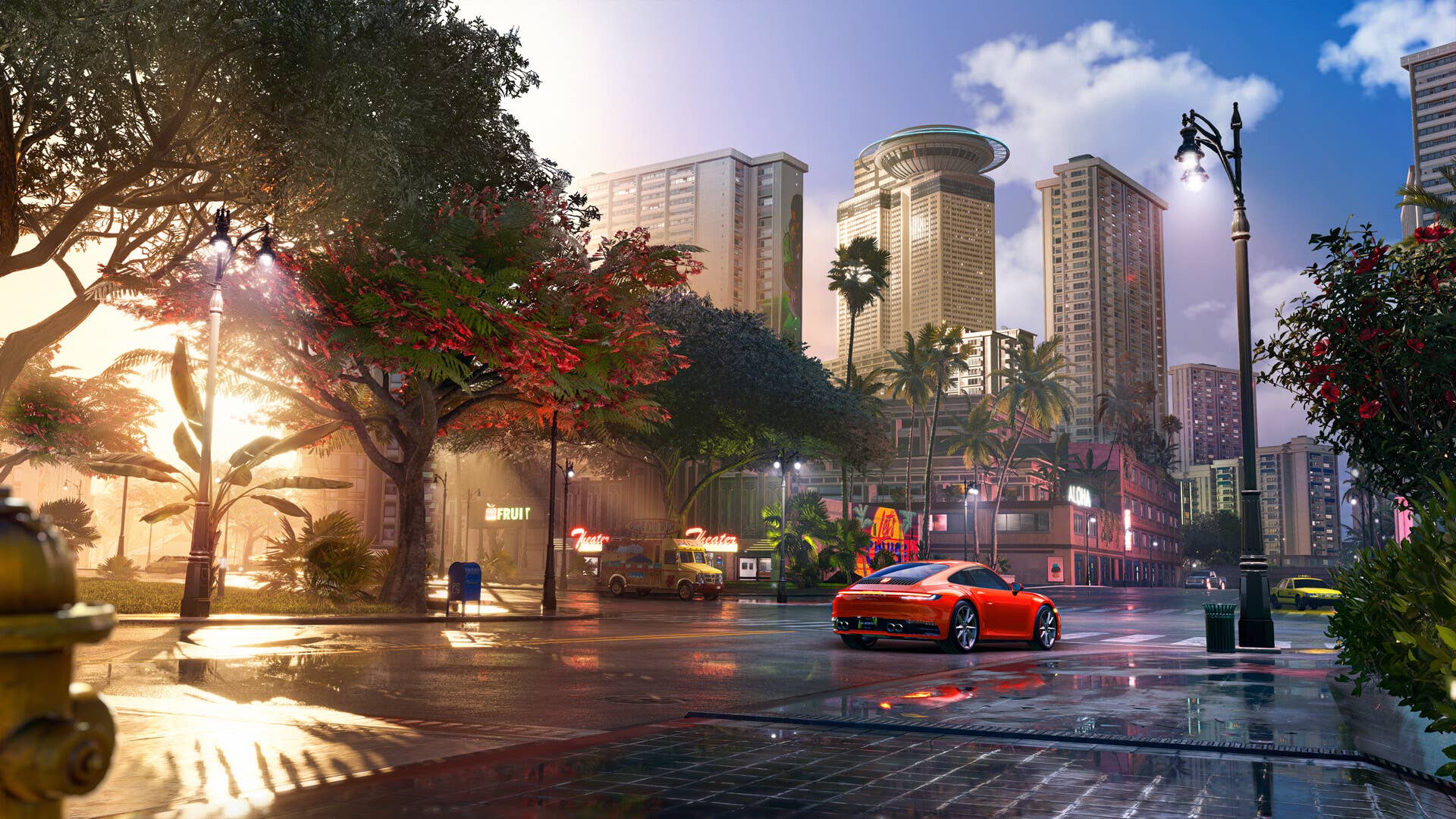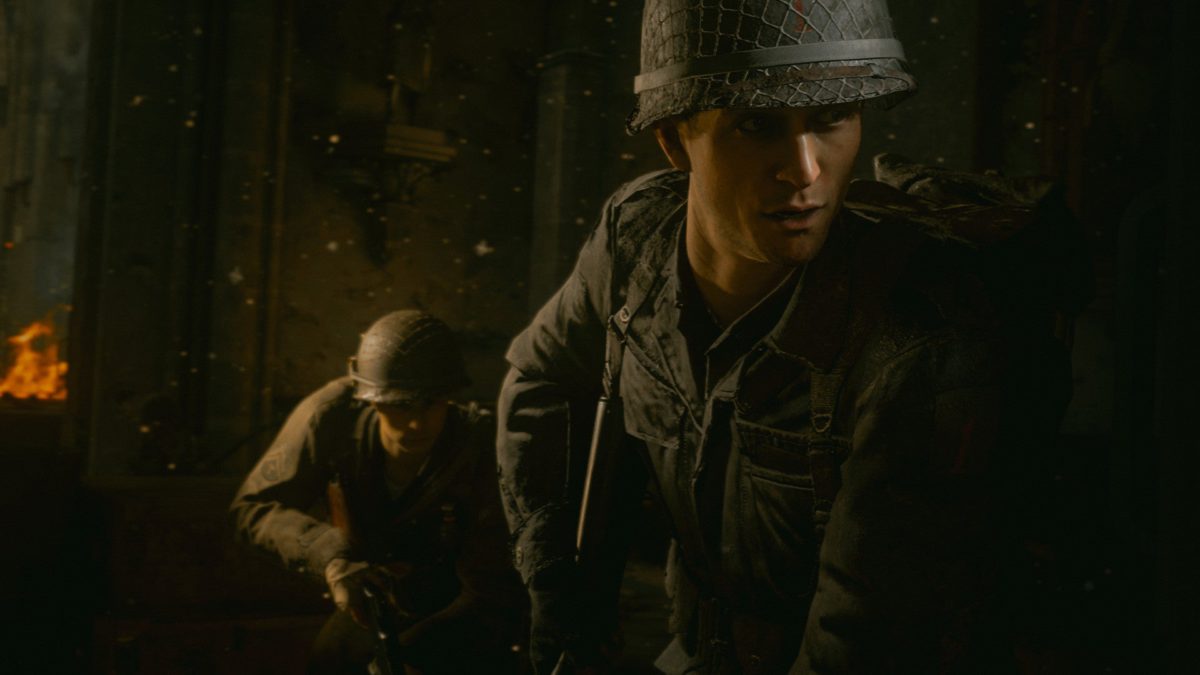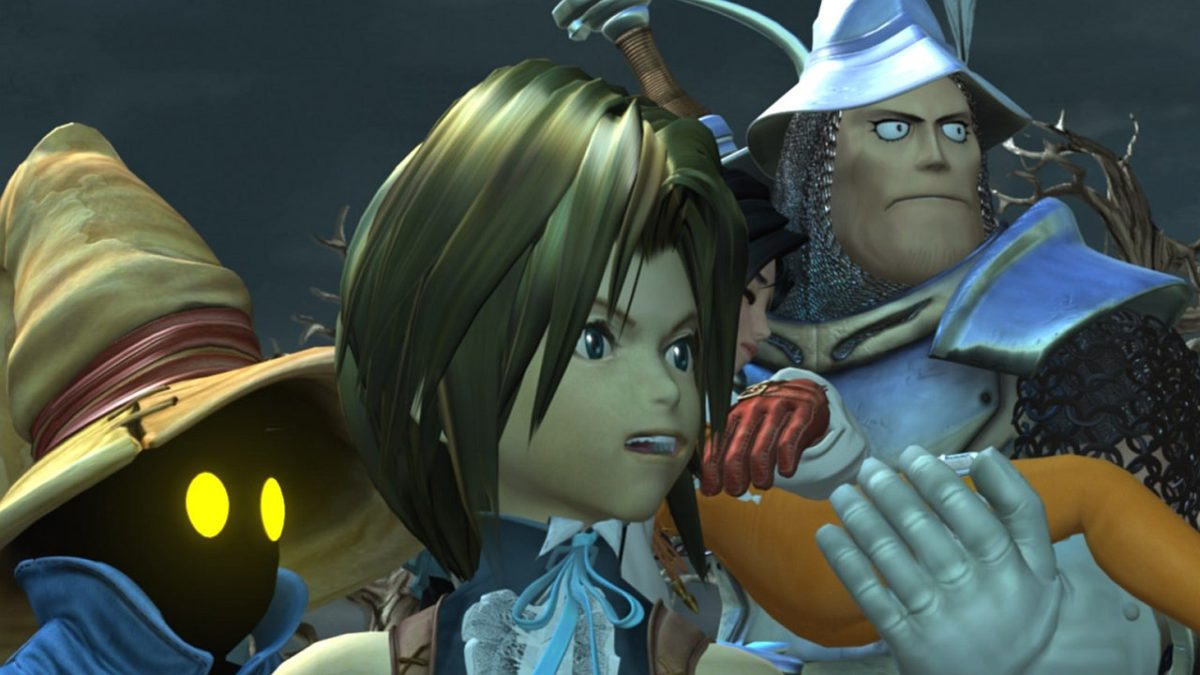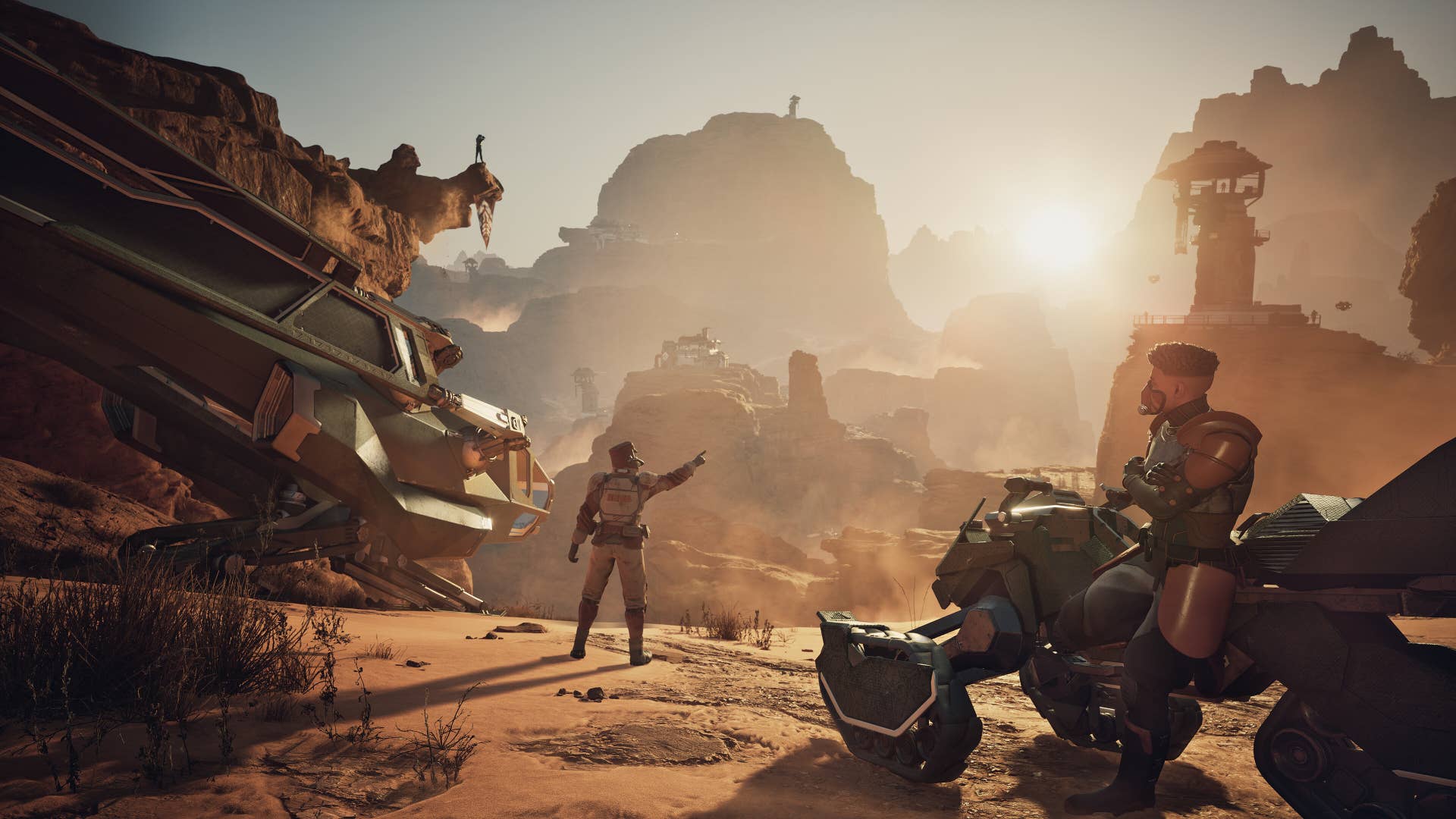ILL made quite the splash — or rather, splatter — when the trailer dropped at Summer Game Fest 2025. We saw a first-person horror game packed with guts, frenetic combat, and some heinously grotesque creatures — and we loved every disturbing little detail.
So what kind of twisted minds can make a game like ILL? Ones well-versed in the horror genre. The developers at Team Clout have plenty of experience with horror, including working on several well-known TV and film projects (e.g. Longlegs, V/H/S/Beyond, It: Welcome to Derry), and they’re eager to bring their brand of terror to a new medium. We asked Team Clout founders and incredible artists Maxim Verehin and Oleg Vdovenko to let us pick their brains about ILL.
The unique horror of ILL
As Verehin tells us, ILL is “A story-driven action-horror game with visceral visuals, gruesome moments, interesting inspiration, exploration, and wild ideas — a good mix of survival horror elements and first-person 3D action. We’re working to balance the parts where players are s***ting their pants from fright with parts where players are screaming because they’re enjoying the intense action, shooting mechanics, and dismemberment.”
Much of the details around the game’s story — which involves a mysterious fort in an Eastern European-like setting overrun by monstrosities — have been kept secret so far. While Verehin intends to keep it that way, he does share some information when we ask. “ILL’s focus is on the personal story of the main protagonist. His story is deeply interconnected with what is happening in the world. Broadly speaking, the world will feel isolated and hopeless. We want players to feel how dark the mood is. I hope the audience will sympathize with the main character and his personal motivations.”
“We want ILL to make you feel like the horror is physically happening to you. Not just psychological tension or scripted scares, but a kind of grounded, body-level discomfort. The main thing that sets us apart is how we combine hyperrealistic body horror with a reactive, tactile world. Enemies don’t just die – they suffer, adapt, mutate. Your actions leave a mark, and the world responds.”
– Max Verehin, Game Director & Co-founder, Team Clout

Why the name “ILL?”
Clearly, a lot of thought and care has gone into the game’s details, and the team wants to keep secrets to heighten the player experience. But we had to know: what’s behind the game’s name? “We really wanted a short, striking name that when you write it, it looks like a logo. The word represents something horrible, something sick, something cursed. Also, it reflects the monsters — I’m not gonna spoil our monsters’ origins, but there’s going to be a cool interconnection between the name and the story of the game.”
Designing the monsters of ILL
The creature designs by Oleg and Verehin have been getting plenty of attention. The pair have a shared background in concept art, and their twisted artistic sensibility has created a game filled with nightmarish encounters.
What’s the inspiration behind the creatures of ILL? “Mostly old horror films from the 1970s to the 1990s,” says Oleg. “Everything was done with practical effects and quality animatronics. The imperfections were hidden with smart lighting and strong direction.”
“In games,” says Verehin regarding early ILL inspirations, “it’s Half-Life 2, Silent Hill, and Resident Evil series – titles where the world felt alive and dangerous, where the horror wasn’t just visual but systemic. We were especially drawn to that feeling of being trapped somewhere real, reacting moment to moment with limited resources. From the beginning, we wanted to build something that felt grounded but deeply disturbing, an experience that doesn’t just scare you, but unsettles you long after you’ve put the controller down.
Verehin elaborated on the monster design process. “We don’t have a set process for creating a new monster. Sometimes you have a concept drawing and say, ‘how can I make this concept art a playable character in the game?’ Sometimes you see a video online featuring a scary concept. ‘Can I make a monster like that?’ It sounds ridiculous, but sometimes it works. It’s inspiration that you got from your life experience.”
“You also have to consider the monsters from a gameplay standpoint. They have to be fun to fight. There’s a trial and error process. Some designs were rejected because they didn’t work in the game.”
The assorted nasties of ILL are more than just ugly faces, however — their uncanny animation adds to the visceral discomfort of looking at them.
“We’ve had big help from the team of Mundfish in setting up our animation department.We have a lot of experience doing animation, like making our own short horror animations that taught us how movement should work in order to scare you,” Verehin explains. “We’ll have, for example, a monster that moves normally at first, but we’ll try and tweak it in ways to make it more unique and horrifying.”
He shared a funny development story to illustrate. “28 seconds into the Official Trailer, this monster bends over. This is how Team Clout’s Art Director, Alexey Mikhailov, bent over for fun at one of the mockup sessions. The team found it really creepy, and they decided to include it in the game!”
Oleg mentions that the animation was challenging at first, “especially when working at 60 frames per second. Compared to 30 FPS, animations can feel less cinematic. But over time, I got used to it—and now I actually like the feel of it.”
What to expect from ILL gameplay
How about the gameplay? Verehin explains: “You explore, you use resources, you find and upgrade weapons. You can use your resources to craft and update weapons. You’ll need to manage your inventory, of course, because resources are limited. There will be intense encounters — sometimes with single enemies, sometimes a small group, and cool moments when you fight waves of enemies and bosses.”
There will also be environmental puzzles and interactions. “For example, if you fix the electricity in the area, the environment changes — things might become dark somewhere else. We want the setting to feel believable and realistic.”
What are some of the weapons we’ll be using? “A shotgun, an AK- 47–there was like this revolver gun, a sniper rifle, all the standard things — and, not to spoil, but there will be fun, crafty weapons — and a lot of melee weapons as well.”
Overall, what do the developers at Team Clout hope players take away from ILL? “We want players to tell each other, ‘Do you know about this game? This crazy thing happened!’ The other person would say, “Okay, but this happened in my playthrough!’ We’re making our game enjoyable for different people–not only horror fans, but also players who want to experience good storytelling and cool action.”
ILL is in development for PlayStation 5, with release information to follow.








